AudioCulture
The noisy library of New Zealand music
Te pātaka korihi o ngā puoro o Aotearoa
Frankie Stevens
aka Frankie Stevenson, Francis Stevenson
Frankie finished the decade as the headliner at Honolulu’s Royal Hawaiian Hotel, just as his teenage brother Jon, was enjoying two No.1 records back-to-back in New Zealand.
In the 1970s very few New Zealanders performed and recorded in the Northern Hemisphere as prolifically and successfully as Frankie Stevens.
With the success of Jon Stevens, Frankie was soon known as “Jon’s older brother” but in the 1970s very few New Zealanders performed and recorded in the Northern Hemisphere as prolifically and successfully as Frankie Stevens. Although a UK chart hit remained elusive, he performed in top venues worldwide and even guested on the TV series Hawaii 5-0.
At Heretaunga College, Frankie joined a school band formed by Martin Hope and Wayne Mason. Frankie was 14 at the time and his full name was Francis Donald McKechnie Stevenson.
“Wayne Mason and I went right through primary school and to college together,” Frankie told AudioCulture in 2014. “When I joined the band we were called The In-Sect, like ‘in people’, ‘groovy people’ etc. They became The Fourmyula. I left in 1966 as I had an offer to go to Australia and join Peter Nelson and The Castaways who were doing very well in Australia. They had some success on the charts. They were one of the better bands out of New Zealand, out of Christchurch originally."
When Frankie moved to Australia, he changed his name to Frankie Stevens. In 1979 his younger brother Jon would also shorten Stevenson when he got started in music.
Frankie Stevens had six sisters and four other brothers and music was in their genes. Their Māori mother Mildred and four of her sisters were members of the Ngāti Poneke cultural group in Wellington and their Scottish father Robert (Bob) said that he sang with a big band in Scotland prior to World War II. Robert Stevenson was proud of his children and insisted that the young and shy Frankie sang to entertain friends and family.
The Castaways spotted Frankie Stevens when The In-Sect opened for them at the local Upper Hutt youth club. “They saw me singing there when I was fourteen,” the singer recalls. “The bass player, Doug Rowe, was a friend of my sister Christina. He took me into HMV Studios in Wellington and I recorded ‘Unchained Melody’ in the same key as The Righteous Brothers. It was just a demo. A couple of years later, I got the call from The Castaways in Sydney. Peter Nelson was leaving to go to Asia and they wanted another singer who had the range and who could sing falsetto. With the soul stuff you needed that screaming falsetto.”
Frankie and his parents had to choose between his joining a successful working band in the bright lights of Sydney or his educational prospects, which were “non-existent due to a disagreement with the Heretaunga College principal,” says Stevens. The choice was easy to make and the 16-year old singer crossed the Tasman.
Sydney with The Castaways
The Castaways did not neglect their home country. In 1967 they recorded the songs ‘Any Little Bit’ and ‘Early Morning’ at HMV Studios in Wellington. “We came back from Australia and recorded those in New Zealand, specifically so they would qualify for the Loxene Golden Disc Awards,” reflects Stevens.
In Sydney they had a residency at the Prince Albert Club (also known as “The P.A. Club”). “We brought NZ bands like The Avengers and Simple Image over to give us a break for two or three weeks and we’d go back and do a tour of New Zealand,” the singer recalls.
In 1968 The Castaways released the Australian-recorded single ‘One More Fool (One More Broken Heart)’ b/w ‘Baby What I Mean’. In the International News Report section of Billboard magazine (May 18, 1968) Jock Veitch wrote, “The Castaways have released their first record with their new vocalist, Frankie Stevens, a recent arrival from NZ.”
The young singer enjoyed the swinging 60s Sydney lifestyle.
The next single ‘Angelica’ / ‘Love Is A Hurtin' was arranged and produced by expat Mike Perjanik and the Columbia record label reads “The Castaways featuring Frankie Stevens.”
The young singer enjoyed the swinging 60s Sydney lifestyle. They didn’t have a manager, but “we had agents who used to audition us for gigs or we got gigs on the reputation of Peter Nelson And The Castaways. We did all the rock and roll shows – Bandstand, In Melbourne Tonight, Tonight Show in Sydney with Don Lane,” recalls Stevens. “I did The Dating Game and all those game shows based on American TV.”
By the end of the decade, “We all agreed the band had come to an end,” said Stevens. “We just lost interest. The original guys had moved out and we got Laurie Pryor out of the Twilights on drums. We had Reno Tehei, a great Māori lead guitarist who went to London with the band Compulsion and played Jimi Hendrix style. He was regarded as one of the great New Zealand guitar players.”
Doug Henderson, the bass player who took over from Doug Rowe in The Castaways, became Stevens’ manager. The first solo single ‘My Elusive Dreams’ was recorded in Sydney for EMI’s Columbia label, again with producer Mike Perjanik. The B-side, ‘Everything I Am’, is a Box Tops song written by Dan Penn and Spooner Oldham.
In March 1970 the single peaked at No.5 on the NZ Singles Chart and stayed on the chart for eight weeks. “We did a New Zealand tour that was absolutely crazy,” recalls Stevens. “We packed out every venue based on the success of ‘My Elusive Dreams’ – screaming girls – that happened in those days, it was all new and the people on the stage and the audience, we were all the same age – teenagers.”
“I’d done three and a half years in Sydney and I had itchy feet,” recalls Stevens. “There was a guy called Eric Jury who used to run a venue in Sydney called the Associated Motor Club – he was married to a lovely Māori lady – and Eric was one of those characters, who rumour had it was ‘connected’ or ‘a bit on the shady side’. He had sponsored John Rowles to go to London, prior to me going and he said he’d like to get involved. He fronted up with $2,000 and that helped us to get to London, plus I was making good money with ‘My Elusive Dreams’ out and a lot of live gigs that were happening. It is not as though I was with a band, just myself with a manager.”
After the New Zealand tour, Stevens married his teenage girlfriend Margaret Ward on 17 January 17, 1970 and three weeks later he left to go to London. The 36-hour plane trip from Auckland to London was broken up with a fuel stop in Hawaii and a few days in Los Angeles. After a direct flight LA to London, manager Doug Henderson and Stevens got to work.
London
“My manager went knocking on doors,” said Stevens. “I’d met Tom Jones in 1969, he was playing at The Chevron Hotel. His manager was Gordon Mills. After the show I followed them out back – people thought I was part of the entourage – and up to the penthouse where he was staying and had a really good night. There was a party going on and all kinds of revelry. I met his manager Gordon Mills and he gave me his card and he said ‘If you ever get to London, look me up’.”
Stevens was looking for a career in popular music as a pop star. The singer is adamant: “The word 'cabaret' wasn’t in my vocabulary in those days.”
Gordon Mills – described by a BBC publicist as the “Simon Cowell of his day” – was a former musician who co-wrote ‘It’s Not Unusual’ for Tom Jones. Mills managed Jones and Engelbert Humperdinck both in the recording studio and on the road. Mills had a recording company, M.A.M. (Management Agency & Music Ltd.), which was distributed by Decca, and a booking agency, A.M.A. (Artist’s Management Association).
“We went and saw him and he put me under contract to record an album. The first artists signed to the M.A.M. label were Gilbert O’Sullivan and myself,” recalls Stevens. “I was also signed to A.M.A. which was managed by Geoffrey Everitt who also ran Radio Luxembourg in the UK. I believe Tom and Engelbert were also partners with Gordon Mills in the agency and label. I recorded a whole bunch of songs that he never released.”
There are two known singles on the M.A.M. label, ‘Family Man’ b/w ‘I'll Be Home In About A Day Or So (1970) and a cover of Joe Dolan’s 1970 UK hitm, ‘You're Such A Good Looking Woman’ b/w ‘Take Advantage Of Me (1971). The second single was reviewed in Billboard magazine (Feb 20 1971): “Stevens who has much of the feel and excitement of Tom Jones, could prove a top sales winner with this solid rhythm item that he swings for all its worth.” The magazine predicted the single would reach the Top 40 Easy Listening Chart.
“Gordon Mills put all this money into that album and he never released it,” reflects Stevens. “We always wondered why he never did. Apparently his thinking was there was enough guys with that kind of voice in the market, so he held it up for a year and a half. Then he leased us the tapes back and he cut the contract. It was very strange, indeed.”
“They spent thousands of pounds on the album, I was working with Les Reed and Barry Mason, two of the best songwriters in Britain who wrote ‘Delilah’, ‘The Last Waltz’, etc. They did most of the writing. Most of the tracks – seven or eight tracks – have never been released!”
“I know Gordon Mills put me on the shelf because Geoffrey Everitt of A.M.A. told me a few years later, that that was exactly what it was. It’s not that he was afraid of anything, but he didn’t want to clutter the market. He didn’t want anybody else in there.”
Seven months after Stevens arrived in London, his wife joined him. They had two daughters, Amanda and Taryn, both born in London.
Throughout the 1970s, the writers chose Stevens to travel to international song competitions to sing their compositions.
The collaboration with songwriters Reed and Mason was positive and throughout the 1970s, the writers chose Stevens to travel to international song competitions to sing their compositions. He was also employed to sing demo versions of songs that they submitted to record company producers and singers such as Engelbert Humperdinck.
When Stevens and fellow expat Chris Parry wanted to travel, the former Fourmyula drummer wrote a song for a Spanish song festival. “We wanted to go to Spain for a few days, so he wrote ‘Monlena’. We put it together and got the arrangement done with the Madrid Symphony Orchestra. The trip was paid for plus per diems, so it was a great liquid trip and we met Joan Collins.”
Stevens entered the popular TV talent quest Opportunity Knocks and won six times, but on the seventh week he was knocked out by a piano player Bobby Crush. The TV exposure led to live work in the UK including appearances in Ireland and Scotland, more TV shows (Morecambe And Wise, Des O'Connor, Cilla Black, Top of the Pops, etc) and two single releases on Yorkshire Television’s own label, York Records.
“I did all the television shows of the day,” says Stevens. “I was successful enough so people knew who you were and you contacted a lot of people by working live.”
Another expat New Zealander Stevens got to know well in London was John Rowles, whose chart success in 1968 with ‘If I Only Had Time’ and ‘Hush Not A Word To Mary’ had rivalled Jones and Humperdinck. Rowles was with Peter Gormley, who managed Cliff Richard.
“We had Peter Gormley’s details as well, through Eric Jury, the Australian who helped sponsor us. We went and saw Gormley and he was interested in managing me, but turned it down because John and I had too many similarities – two good-looking young Māori boys from New Zealand with similar voices.”
Las Vegas
“My manager Doug Henderson read in the paper that they were auditioning for a male lead for a Las Vegas stage show,” recalls Stevens. “We’d always wanted to go to the States. I went and auditioned with lines of other people at a theatre in Piccadilly. I got the role and they flew me out to Los Angeles and we rehearsed there for a week or two and opened in Vegas.”
The show was musical theatre, anchored by veteran British entertainer Tessie O’Shea (1913-1995) with the theme song ‘Two Ton Tessie from Tennessee’. The 1971 show entitled “The London Playgirl Revue” was a success and ran for 32 weeks. Ed Sullivan also liked O’Shea and she was on his TV show, February 9, 1964 when the other English guests, The Beatles, drew 73 million viewers.
“Working with Tessie O’Shea was great, Two-ton Tessie,” chuckles Stevens. “The young female lead in the show was the 1960s Australian pop singer Patsy Ann Noble, then known as Trisha Noble. The show was in the Celebrity Theatre in the Sands Hotel. The main room of The Sands was called The Copa Room where Sammy Davis Jnr still headlined and where the Rat Pack ruled in the 1960s. Jack Jones was in the Celebrity Theatre before we opened and Bill Medley of the Righteous Brothers followed us.”
“We did two shows a night for five months, except Sunday was the dark night, we had Sunday off. Elvis Presley was in Vegas at the biggest room in town, at the Hilton Hotel when I was there but our show was always on at the same time.”
“I met Sammy Davis Jr and Jack Jones at The Sands when I was a young performer, I had my 21st birthday during the show’s run in Vegas. Sammy invited the headliners in our show to his wedding anniversary party in a private room, off the Copa Room, where he and Altovise Gore Davis renewed their wedding vows.”
In 1971 three New Zealanders played las Vegas, all in the same week.
In 1971 three New Zealanders played Las Vegas, all in the same week. John Rowles opened for Connie Stevens at The Flamingo and Max Cryer was at the Union Plaza Hotel, downtown. “We all got together on the opening night of John Rowles at the Flamingo,” says Stevens. “Then they came and watched me at the Sands in the London Playgirl Revue.”
Also in Vegas in 1971 and filming in the Sands Hotel’s Celebrity Theatre was Sean Connery as James Bond in the movie Diamonds Are Forever. “They filmed the whole show, but don’t blink, you see me on stage for about 20 seconds,” says Stevens.
Charles Mather
While in Las Vegas, Stevens found a new manager, Charles Mather, who was one of the two Svengalis who discovered the Māori Hi-Five in Wellington in 1959 and sold them to the world. Mather was the on-the-road manager for The Māori Hi-Five, travelling the world with them until he settled in Las Vegas.
In 1951, Frankie Stevens’ uncle Joe Ward-Holmes had taken the first showband prototype to Australia and Europe: the Māori quartet who were also known as The Brown Bombers and The New Zealanders.
Sir (Admiral) John Treacher – in his book Life at Full Throttle – summed up Mather: “An ex-Royal Marine physical training instructor turned New Zealand night club bouncer, Māori blood brother and now music artist agent in Las Vegas.”
Mather indulged in his Englishness and drove around Las Vegas in a Rolls Royce. In 1988 he added the title “Sir” that was conferred on him by Prince Penalouge on behalf of the Roman Catholic, St. John Knights of Malta.
“Managers in those days were like Colonel Tom Parker,” reflects Stevens. “They were all older – they had this ‘rule the roost’ mentality – ‘do as I say and I’ll make you a star’. Younger performers always fall for that line and I was no exception. He could be very dogmatic in his views and certainly ran the Hi-Five like a well-drilled army unit.”
Mather also managed the cabaret singer Lovelace Watkins. Stevens appreciated Mather’s contribution, “in moving my career forward between 1974 and 1978.”
Nassau with the Māori Hi-Five
When the Sands show with Tessie O’Shea finished Stevens based himself in Las Vegas. Mather thought the young singer would gain performance skills if he worked with The Māori Hi-Five. The legendary Solly Pohatu left the group, so in late 1971 Stevens joined them at the Nassau Beach Hotel in the Bahamas.
“That’s when they changed the name to Mary And The Māoris,” recalls Stevens. “We did six months in the Bahamas and Charles put together a show for the Sheraton Hotel in Puerto Rico. The band basically split up – but Mary Nimmo, Wes Epae and I did individual solo sets while Paddy Tetai and Kawana Pohe played guitar and keyboards in the band. We were at the Sheraton for about five months.”
An International News Report in Billboard (Nov 13, 1971) noted, “Currently working in the Bahamas, Frankie Stevens has pressed a version of the Joe Dolan hit ‘You’re Such A Good Looking Woman’ on the MAM label.”
Back in Las Vegas, Stevens returned to the solo singer life with “all my training in hand,” he says. “Waiting for my green card, I put together a trio, learnt how to sing lounge music, to swing. I did about two months at the old MGM Grand Hotel [now Bally’s].”
Although based in Las Vegas, Stevens returned regularly to London to continue his recording career.
Although based in Las Vegas, Stevens returned regularly to London to continue his recording career and to represent UK songwriters in a string of International Song Festivals.
In 1973 Stevens travelled to Venezuela to compete in the capital city’s Caracus Festival. “There was a machine gun post on the balcony of the hotel because the rebels used to come down from the hills at night,” he recalls. The review in Billboard (March 3, 1973) read, “Frankie Stevens, looking like Engelbert Humperdinck and sounding like an even more energetic Tom Jones, power-housed through ‘One Year Ago’ by longtime Humperdinck-Jones hit writers Les Reed and Barry Mason.” The song won the Bronze Prize but was not released in the UK. It was released in Venezuela as ‘Hace Un Año’ b/w ‘Si Tu Juntas Todo El Amor Del Mundo’ by El Palacio De La Música S.A. (Translation: ‘One Year Ago’ b/w ‘If You Add All The Love In The World’.)
Mid-year Stevens travelled to Bulgaria to sing a David Gates composition, ‘If’, at the Golden Orpheus Song Festival. Billboard (July 7, 1973) reported: “Frankie Stevens, English singer won first prize at the Bulgaria Song Festival.”
In the UK ,York Records released the single ‘Leave The World Alone’ b/w ‘If’. The former song was a track recorded for Gordon Mills. “ ‘If’ on York got good airplay,” reflects Stevens. “Most of the records I did got good airplay but none of them went high up in the charts.”
York Records also released ‘Sandy Sandy’ b/w ‘If You Add All The Love In The World’ in 1973. The A-side was written by Les Reed and won the Silver Prize at the Tokyo Music Festival. Also representing the UK was Olivia Newton John. Songwriter Paul Williams won the Gold Prize and the Grand Prize was won by Mickey Newbury, who wrote ‘American Trilogy’ for Elvis Presley. In 1974 Stevens returned to Japan, opening for Shirley Bassey on a nationwide tour.
Signed to CBS
In 1974, Stevens jumped ship and signed a three-year deal with CBS Records UK.
Yorkshire Television’s record division only lasted from 1971 to 1975, and in 1974, Stevens jumped ship and signed a three-year deal with CBS Records UK. Managing director Dick Asher signed the singer but Asher then left for New York to head the CBS International Division.
“We did some very good tracks with CBS,” Stevens reflects. “The session musicians were mostly top players like Elton John’s drummer, Nigel Olsson. At CBS, they released ‘She’s Gone’ backed with ‘Wrap Your Love Around Me’ [1974] the same week that Bruce Springsteen was releasing. Forget it! You sink without a trace, because BBC’s Radio One only add one or two records a week.”
The next single for Stevens was ‘Vanilla O'Lay’ b/w ‘Mama Married A Preacher Man’ (1974). The 1975 single ‘I Feel Love Coming On’ was a cover of a 1967 soul hit by Felice Taylor that had become a Northern Soul classic. The song was recorded by CBS producer Paul Phillips, minus the dance floor groove. The B-side also had a soul connection, Stevie Wonder’s ‘I Believe (When I Fall In Love It Will Be Forever)’. Another single followed in 1975 ‘Shola’ b/w ‘Your Broken Heart’.
The final CBS single was ‘Loving You Ain't Easy’ b/w ‘Carey’ in 1976. CBS released five singles and recorded album tracks including ‘Rescue Me’ and ‘You Make Me Feel Brand New’ but his three-year contract came to an end without an album being released.
In 1976 Stevens also released the single ’There She Goes Again’ b/w ‘My Thanks To You’ on Polydor. The song was A-side was by written Barry Mason and Alan Hawkshaw and produced by Hawkshaw.
Hawaii calling
CBS were trying to sign The Clash in 1976 and expat Chris Parry was trying to sign both The Clash and The Sex Pistols to Polydor when Stevens got a phone call from John Rowles. “I was in London at the time and Johnny called me and asked what I was doing? He had a bad throat and couldn’t talk properly, he was having real struggle singing, he asked me if I’d come out and do the room while he got himself back into shape.
“So I flew over to Hawaii and took over the show. I used his band. They were great because the cream of the crop musicians came over from the mainland to Hawaii on holiday. All they do is read your dots, read your music. I used his dancers and slotted in different songs and I put on a pretty good show for him. I did two shows a night – a dinner show and the cocktail show – six nights a week at the Royal Hawaiian Hotel’s Monarch Room which was one of the best rooms in the world. If you opened up the outside doors into the verandah area it could seat 800 people per show.”
He enjoyed his time at the famous Royal Hawaiian Hotel, AKA The Pink Palace.
He enjoyed his time at the famous Royal Hawaiian Hotel, AKA The Pink Palace. The gaudy pink beachfront hotel has featured in numerous movies since 1931 and TV shows from Charlie’s Angels (1977) to Mad Men (2013).
“Hawaii in those days was hot, it was happening because of the huge tourism boom. Everybody was travelling with tour companies, so you did deals with tour companies per head. I did the show until John got better. I went back to London and meanwhile John had a fall-out with the management of the Sheraton/Royal Hawaiian and they called me and said they were not going to renew Mr. Rowles’ contract and they’d like to offer me a three-year contract. I said to them that I was certainly interested but I want to talk to John first, so I called John and asked if he had any objection to it and he said, ‘Go for it!’ I said, ‘As long as it’s not going to affect our friendship?’ He said, ‘No I’m going, anyway.’ He moved out of Hawaii, he went to Los Angeles. He came back and did some work every now and then in Hawaii. So I went over and did seven months a year in Hawaii.”
“Hawaii was a strange beast. It wasn’t necessarily the name of the performer that brought the crowds in – unless you were Don Ho the legendary Hawaiian singer – that was part of it but the strength of your sales team was also important. They would go to the airport and where tourists gathered and sell them the show.
“I worked for a set fee per week. I was responsible for the show itself – a ten-piece band, two singers, two dancers and five or six traditional dancers/ hula specialists. You’d do some Hawaiian songs upfront and then move into some more modern songs.”
Howard Morrison had played Honolulu prior to Rowles and Stevens with a residency at The Outrigger. In 1971, Billboard magazine writer Wayne Harada thought Māori was a place, writing that Morrison was from “Māori, New Zealand.” In the January 30, 1971 issue of Billboard he wrote, “Morrison’s a virile performer with a skillful comic presence yet he’s also a belter in the Tom Jonesian vein when he gets into ‘What’s New Pussycat’ and ‘Delilah’.
Stevens never saw Elvis Presley in Las Vegas, as he was always working when Presley played, but he knew when The King was in town.
Stevens never saw Elvis Presley in Las Vegas, as he was always working when Presley played, but he knew when The King was in town. “Elvis Presley came back to Hawaii a couple of times. He was having a tête-à-tête with one of my dancers, so she would disappear every time Elvis came to town. Another dancer would disappear every time ‘Mr. Las Vegas’ Wayne Newton came to town.”
“I met Clint Eastwood in Hawaii because I had the show there. They all used to come to the show when they were in town. I played golf with Alice Cooper in his mad days, when he used to drink Budweiser and vodka and have it on the back of the cart when he was playing. You met them all, as the Royal Hawaiian was a major draw card and their Mai Tai Bar was a very relaxing place to have a drink, right on Waikiki Beach.”
“Merv Griffin used to come and see my shows in Hawaii. I had been on his TV show,” says Stevens. When the Merv Griffin show was recorded at Caesar’s Palace in Las Vegas (January 4, 1977) the guests were Liberace, comedian Foster Brooks and Frankie Stevens.
A month later the Dinah! show broadcast live from Las Vegas and Dinah Shore’s guests included Candice Bergen, Jackie Gleason, Rita Moreno, Danny Thomas and Frankie Stevens.
Who says cops don’t cry
In Hawaii, Stevens had some acting opportunities. “Jack Lord got me started. He came to the Monarch Room where he got a good seat and a free meal, as he was the original Steve McGarrett in Hawaii Five-0 (1968-1980). He became the producer and director of the series. He asked me to guest on an episode of Hawaii Five-0. He was introducing a new female character and I played her husband, a policeman, which was a bit of a laugh, coming from Upper Hutt. I got killed in that episode.”
Robbers killed the character Stevens played, just as he was about to join the Five-O team. Stevens was not New Zealand’s first entertainer to guest on the TV show. Howard Morrison, a more experienced actor, appeared in Season Four episode Odd Man In that aired Dec 28, 1971.
The season 12 episode (aired October 11, 1979) was one of six directed by Jack Lord and was entitled 'Who Says Cops Don’t Cry?' Stevens was then asked to read for the part of a Russian spy named “Restov” for a 1980 CBS TV movie, produced and directed by Lord.
“I thought, ‘I can’t do a Russian accent’. Then I thought the Scottish accent and the Russian accent are not poles apart. My father was Scottish and spoke with an accent all the time, so I used that as the basis of my Russian accent and Jack Lord thought it was fantastic and he gave me one of the main roles in M Station Hawaii.”
There have been some bad Russian accents in American movies but Stevens’ accent is a contender for the worst, based on dailies found online.
“It was hysterical,” says Stevens. “If you don’t see yourself as an actor, it is quite hard to take yourself seriously.”
Magnet & King Harvest
Stevens lived a double life throughout the 1970s. He never gave up the hope of breaking big in Great Britain. On May 1, 1978 Stevens commenced a five week season at the London Cabaret, The Talk of the Town (1958-1982). This is the prestigious venue where live albums were recorded by Cliff Richard, Tom Jones, The Seekers, Shirley Bassey, The Supremes, Stevie Wonder and The Temptations etc. Since 1982 the London building has been known as The Hippodrome.
Stevens warmed up for The Talk Of The Town with a trip down under to play Sydney’s St George’s League Club and Auckland’s Shoreline Cabaret (April 1, 1978). Also in 1978, Stevens signed to the UK independent record label, Magnet, whose big-seller was Alvin Stardust.
The two 1978 Magnet singles were ‘Come On And Rock Me’ b/w ‘I Wish I Had Your Love’ and King Harvest’s ‘Dancing In The Moonlight’ b/w ‘I Wish I Had Your Love’. Although the original was a fine song, Stevens’ producer recorded the cover version of ‘Dancing In The Moonlight’ with a tepid, sing-a-long tempo.
HE DID COAST TO COAST WINTER TOURS OF CANADA – HIS SEVEN-PIECE BAND, DANCERS AND SINGERS IN A BIG TOUR BUS WITH SOUND AND LIGHT IN A TRUCK BEHIND.
Stevens was aware that the “three strikes and you’re out” rule could apply to the music business as well as sport. With zero animosity towards any label that released his recordings, he reflects, “If you don’t strike it with two or three attempts …”
“The records got airplay … but there’s airplay and there’s airplay,” says Stevens. “If you’re on heavy rotation, that’s fine, but very few people achieve that. All those labels were the same, if you were having success you could get into the drug fridge, if you weren’t you got nowhere near the door. If you were having success you had lots of perks, your own A&R man at your beck and call.”
Frankie Stevens had told NZ Women’s Weekly (Jan 15, 1979) that he planned to settle in Hawaii. Although Stevens worked seven months a year in Hawaii, he was still travelling to London to continue his recording career. He did coast to coast winter tours of Canada – his seven-piece band, dancers and singers in a big tour bus with sound and light in a truck behind. “We’d end up on the West Coast in Vancouver and then back to Hawaii,” says Stevens. “Back then you had fantastic venues, great rock clubs, bars and cabarets. The music scene then was healthy, whereas today, all the venues are gone. There used to be great jazz clubs in Hawaii. Now you can’t find one – the same with LA and New York.”
In Billboard magazine (May 26, 1979) the headline read “United Airlines strike damages Hawaii” and the story read: “With the Frankie Stevens show in the Monarch Room of the huge Waikiki Sheraton, the United Airlines strike has meant a substantial cutback in performances. Joyce Curry, director of public relations for Sheraton Hotels in Hawaii comments that “Normally the only nights off for Frankie and his band is Monday but because of the strike, we’re closing Sundays and Tuesdays also. And when the show is on, the draw is down at least 20% to 30%.”
“My Hawaii contract ended about 1981,” says Stevens. “The whole scene was changing as independent travellers were starting to make an impact and the tour companies were not getting the numbers to fill the showrooms.”
In 1982 Stevens moved back to New Zealand to live; that’s another story.
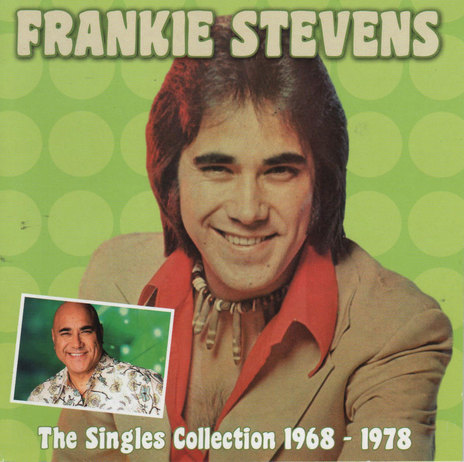
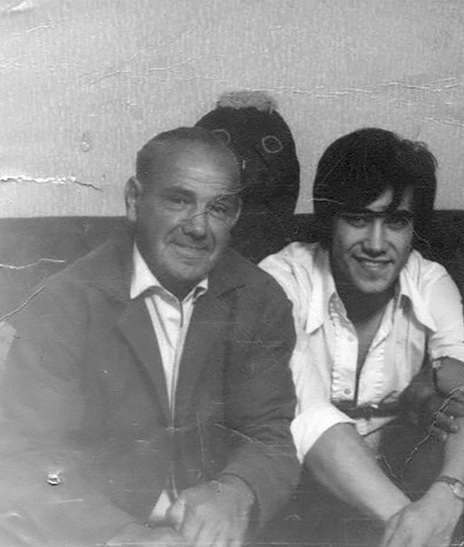
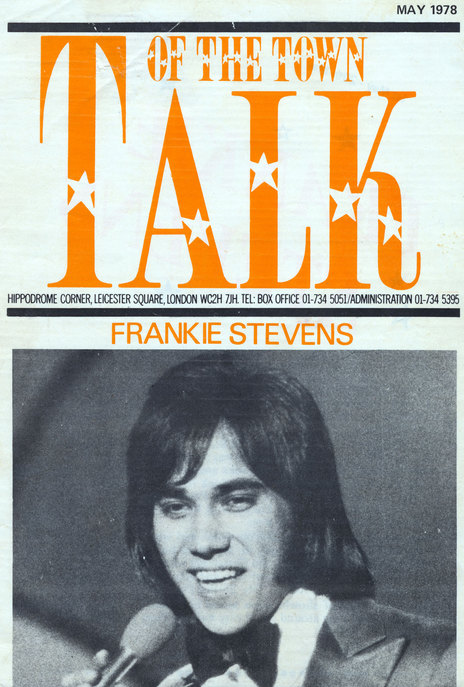
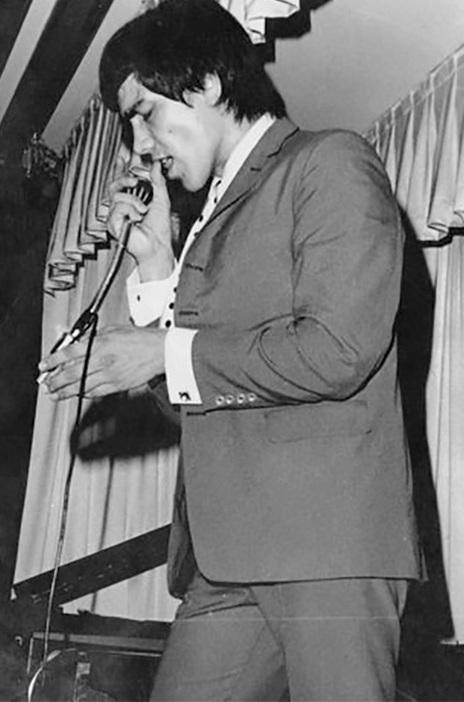
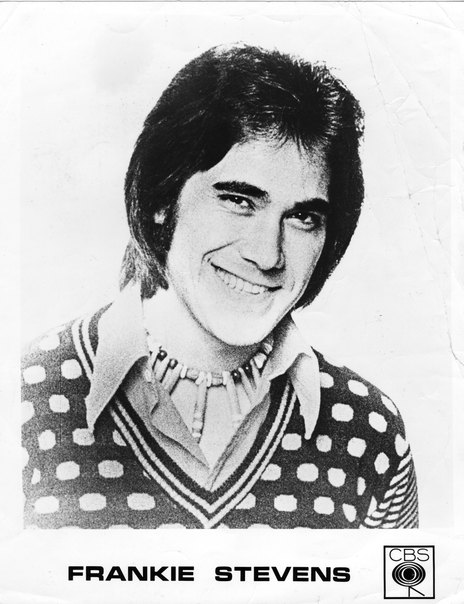
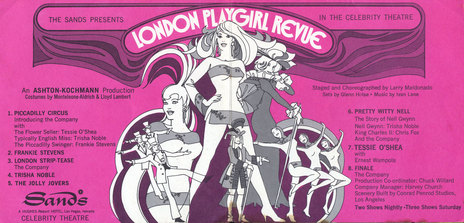
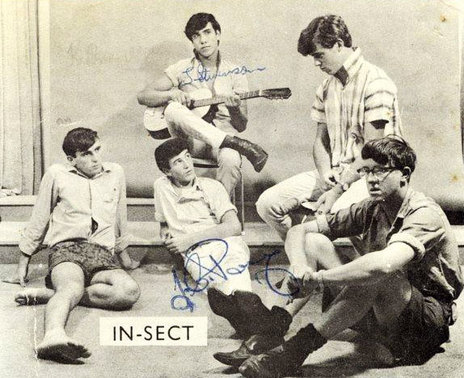
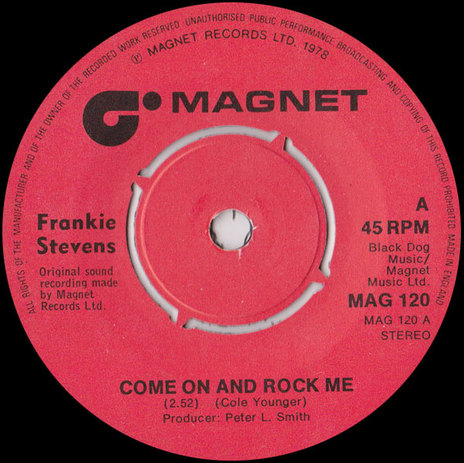
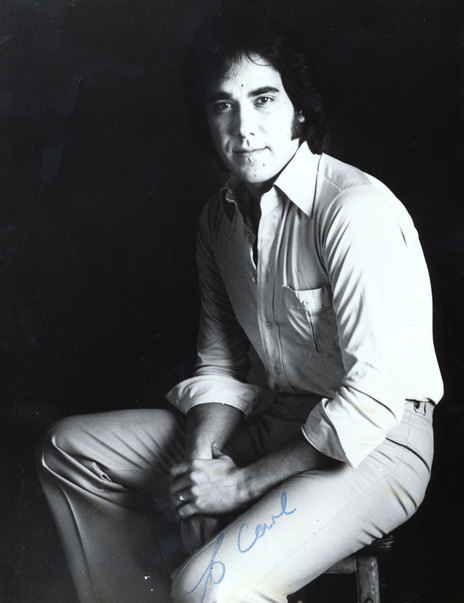
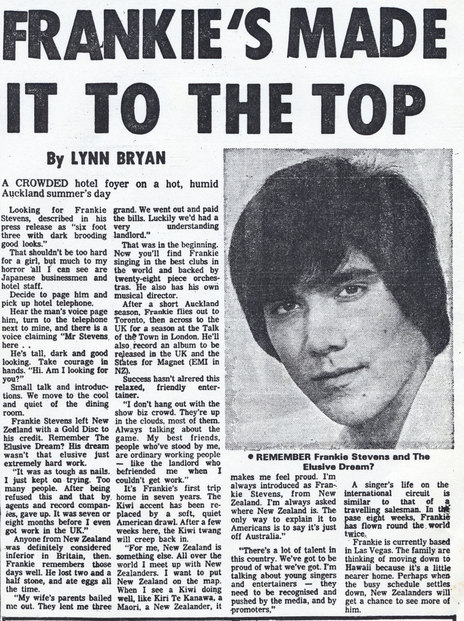
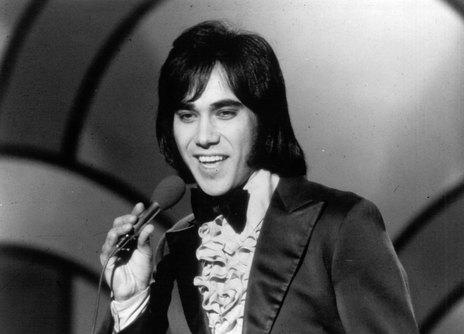
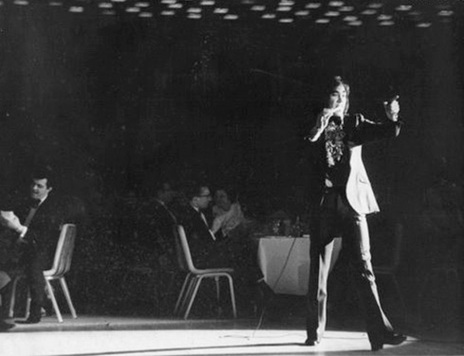
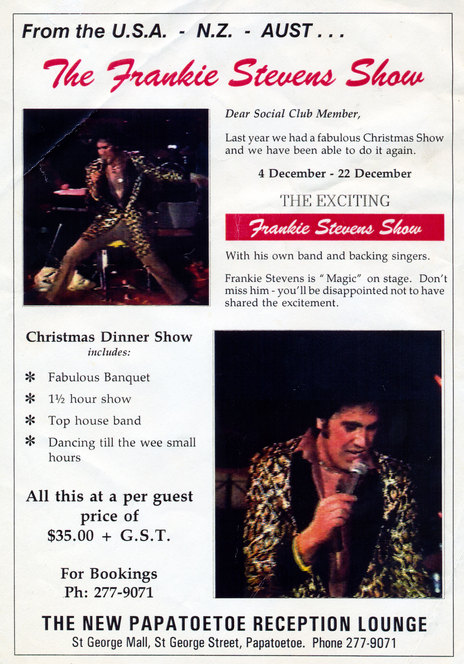
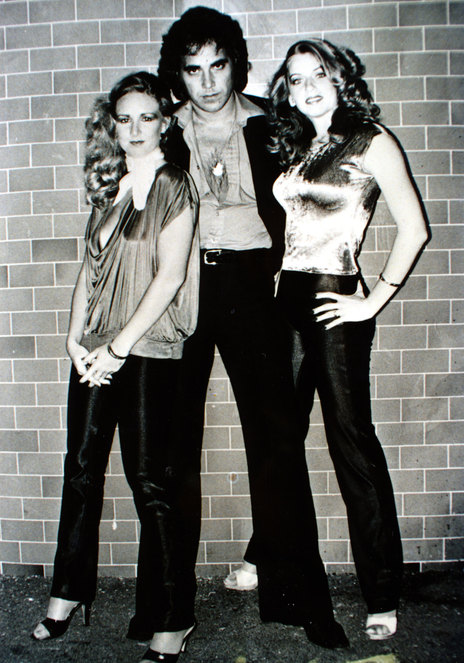
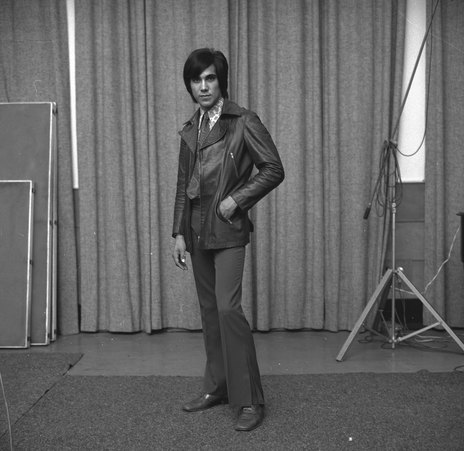
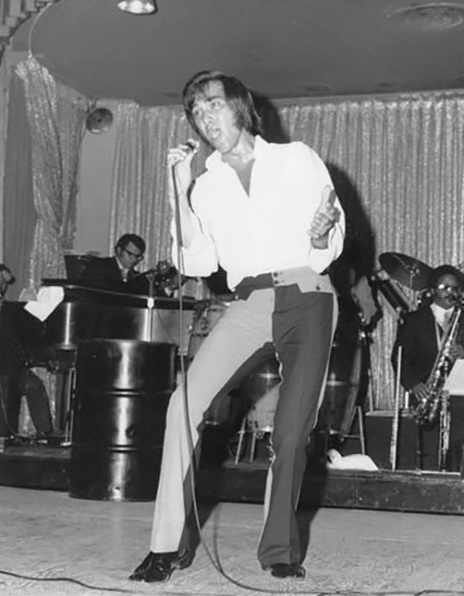
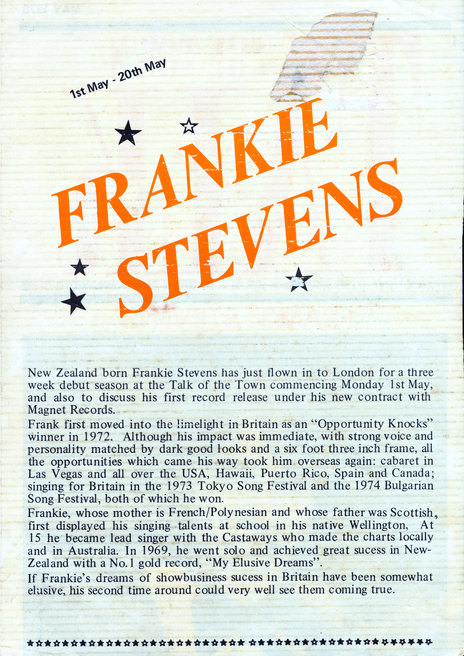
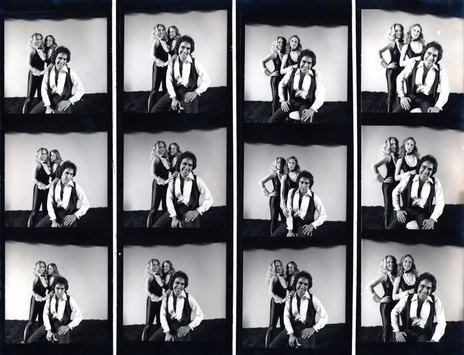
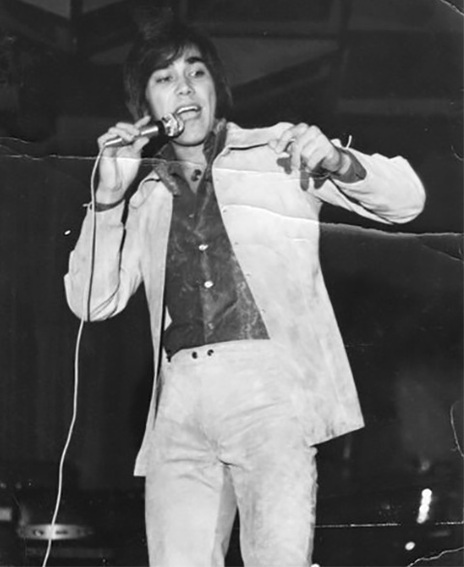

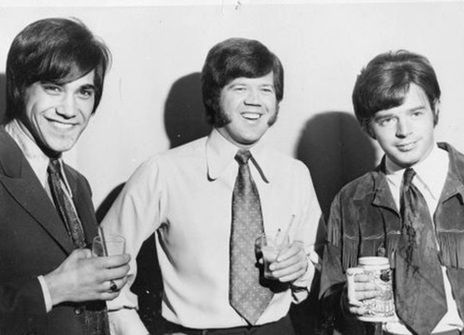
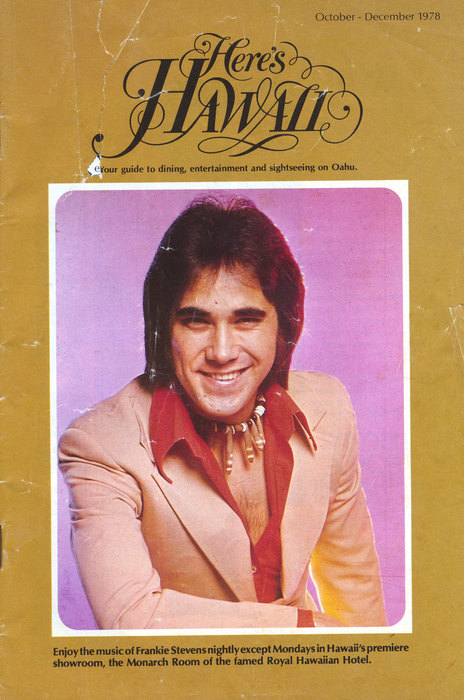
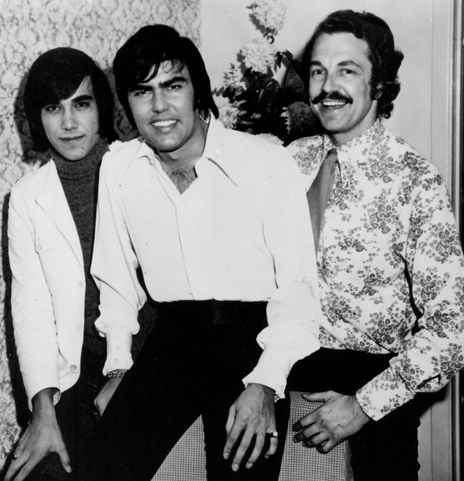
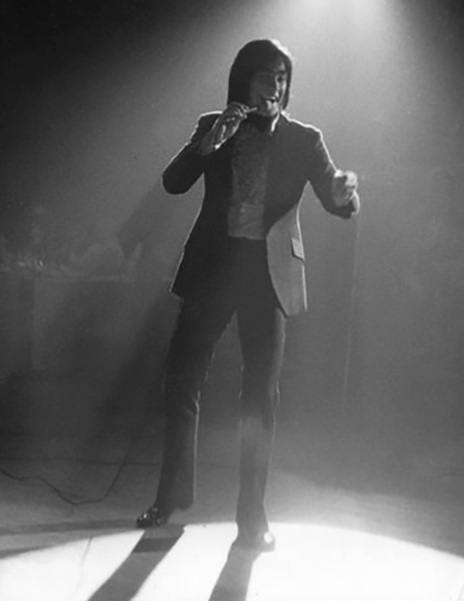
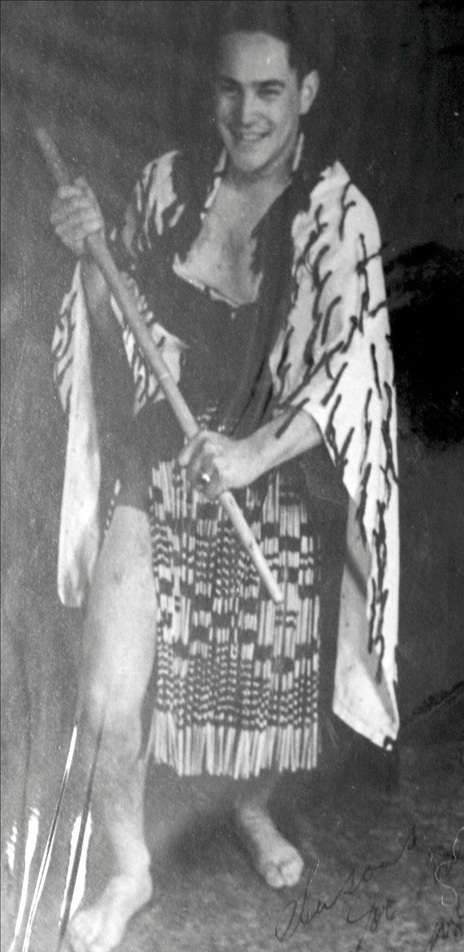
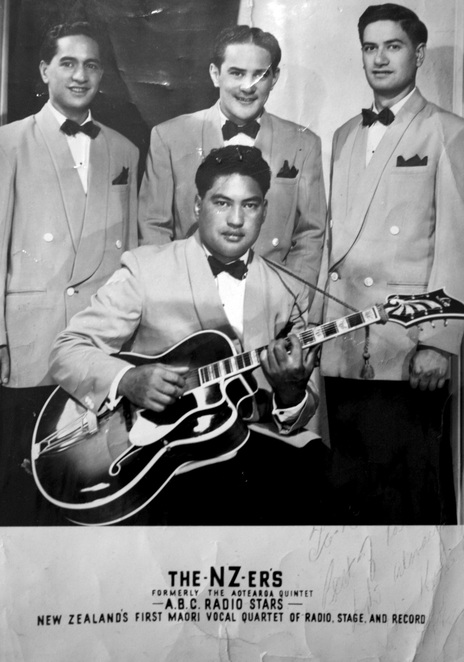
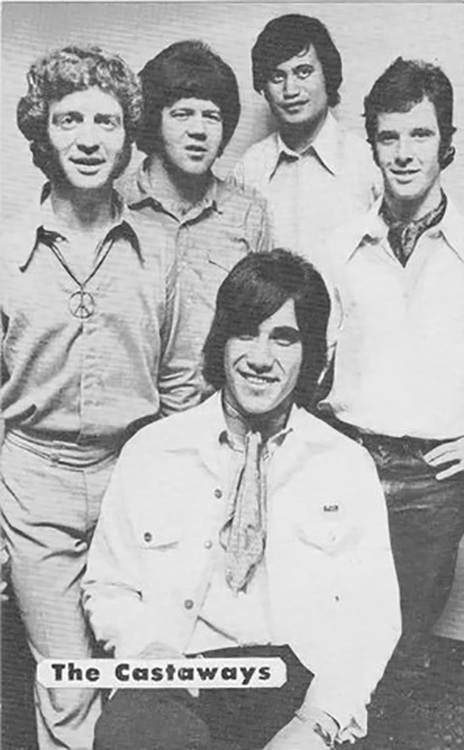
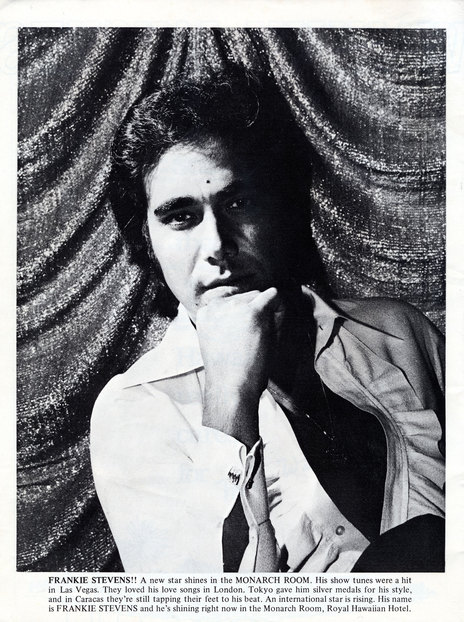
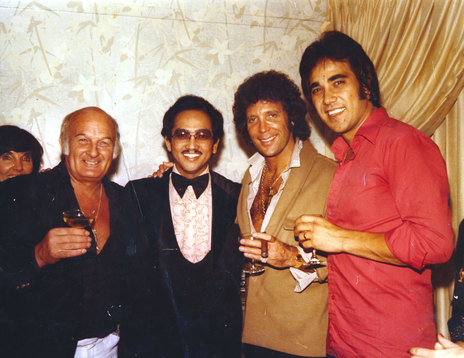
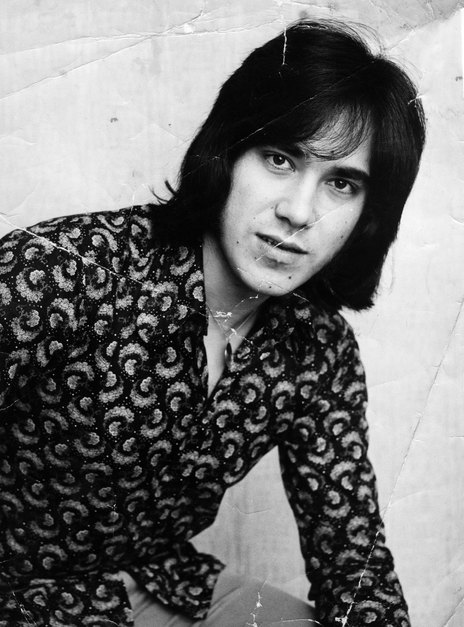
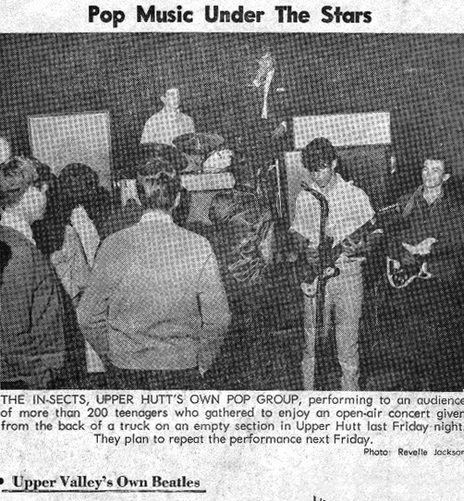
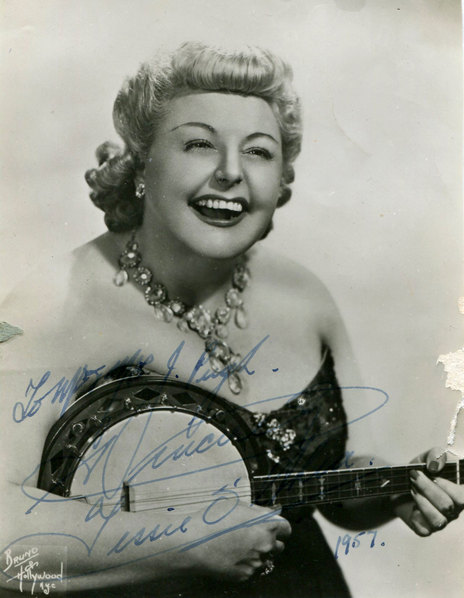
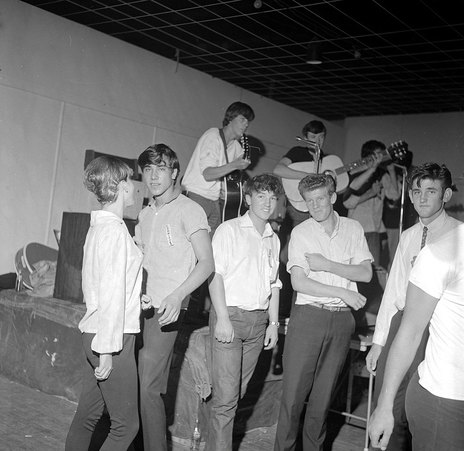
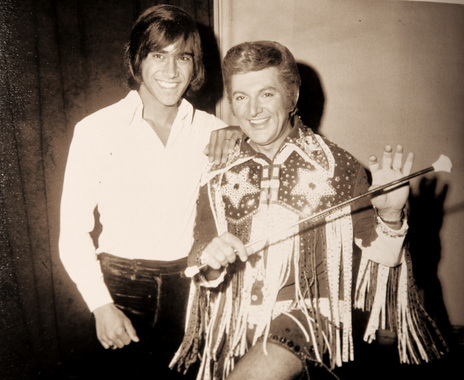
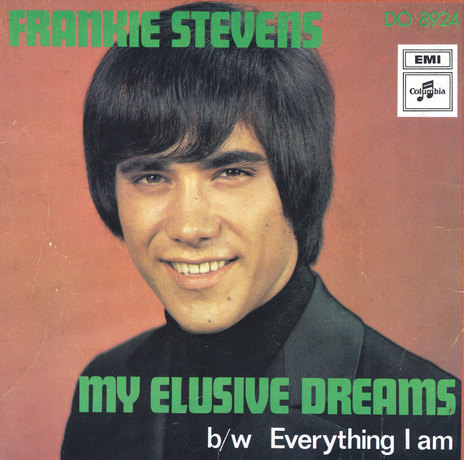
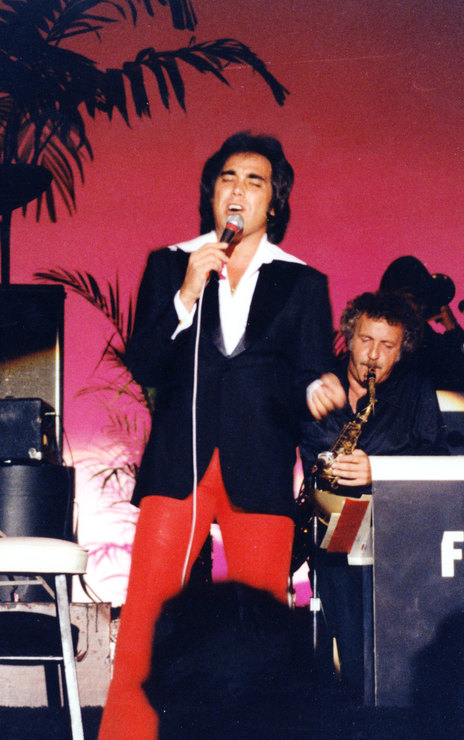
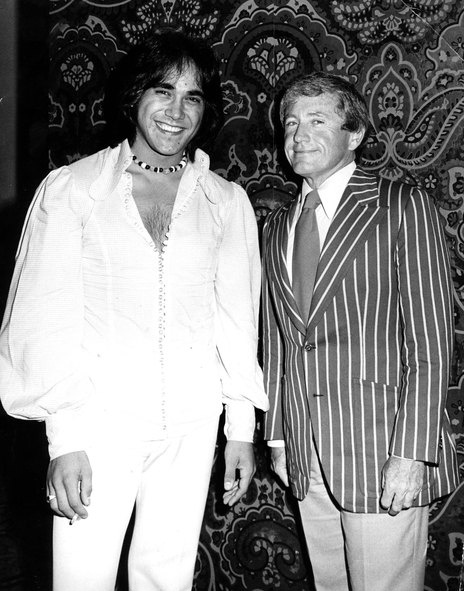
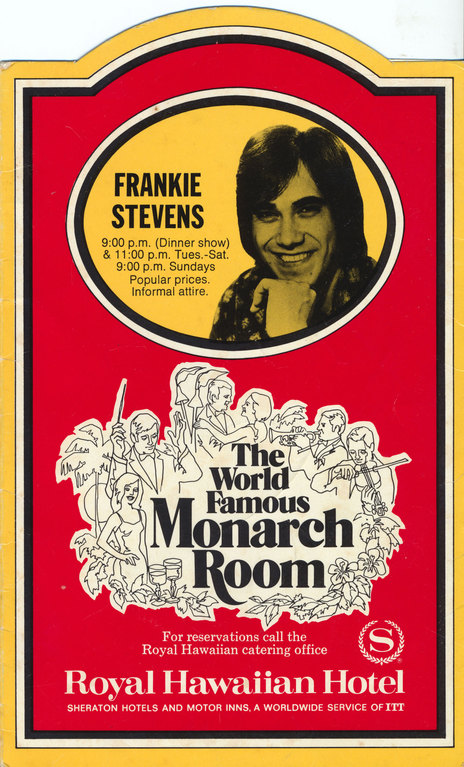
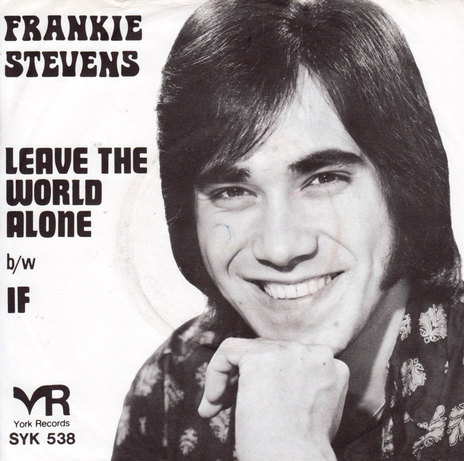
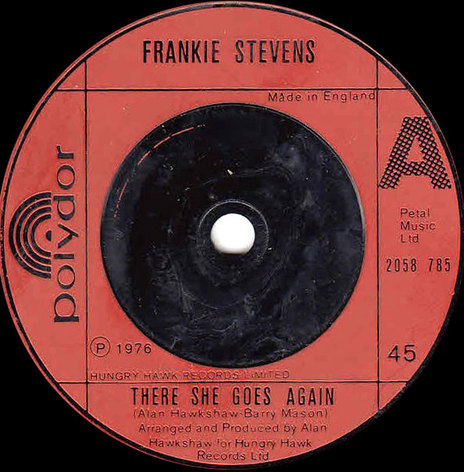
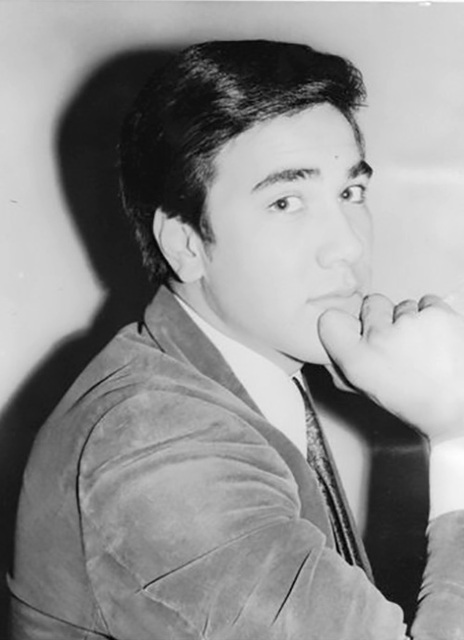
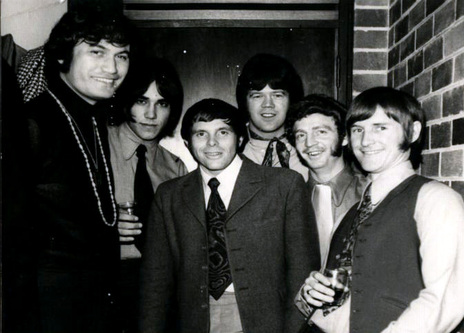
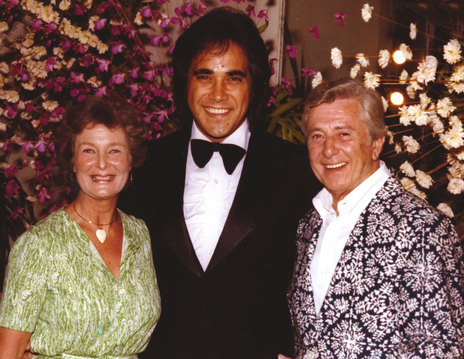
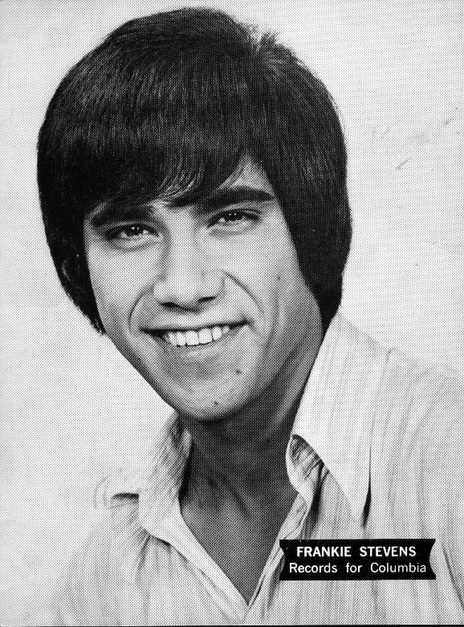
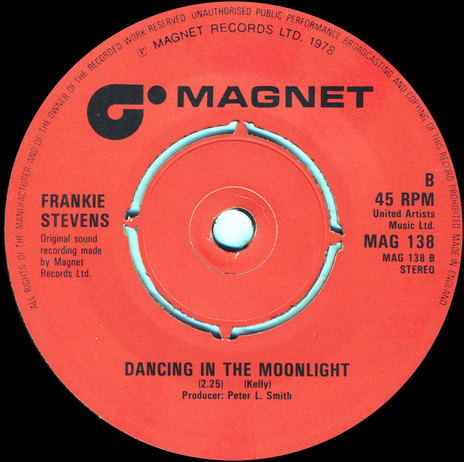
HMV
CBS
Polydor
Magnet
M.A.M.
York
Visit our sister site
NZ On ScreenMade with funding from
NZ On Air
